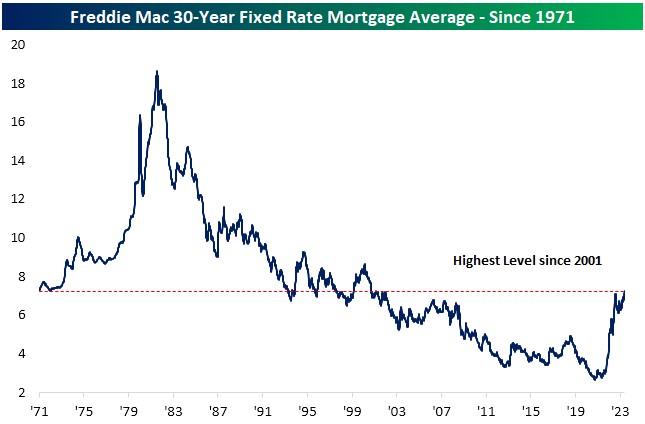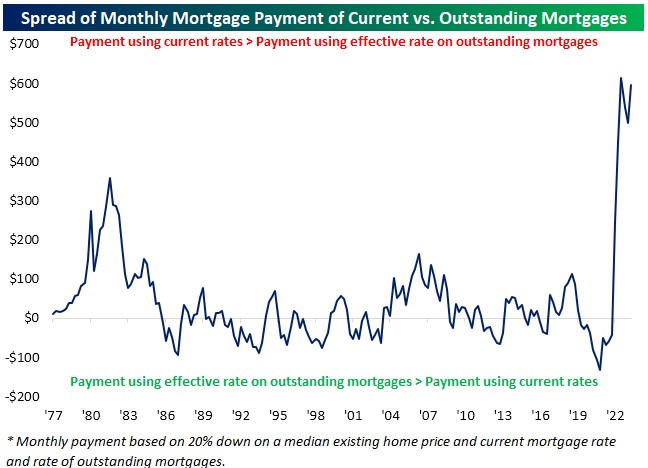With news of war in the Middle East this past weekend it’s natural for US investors to wonder, and even worry, about potential harm to our financial markets. Setting aside the human toll of violence and war, which is admittedly hard to do, we shouldn’t worry too much about how these events may impact investment values here at home.
That doesn’t sound right, does it? But it’s true. Investors as a group tend to look through most geopolitical events, violence, and social issues with relative ease after quickly assessing the situation and the actual risk to their bottom line. Stock futures tend to open lower on this sort of news, and prices for commodities like oil and gold rise along with Treasurys. Then market wobbles settle down as investors get their bearings. As one should expect, for investors (again, as a group) it’s all about the money. And that’s exactly how things played out in the markets yesterday before all major indices ended the day higher.
Details are still emerging from the weekend along with horrific stories and pictures. A big question as I write on this Tuesday morning has been to do with spillover, not to global markets per se, but the potential for broader conflict across the region. Something like that could certainly roil global markets, or at least mess with the price of oil.
Here’s a quick summary from my research partners at Bespoke Investment Group along these lines. They sent this out yesterday morning. I’ll italicize any emphasis or details that I’ve added since then.
From Bespoke…
Israel-Palestine: On Friday night, Hamas militants breached the border security separating the Gaza Strip from Israel and conducted widespread raids against both military and civilian targets. Despite the entire weekend processing, details are still sketchy but there were unquestionably atrocities committed in the initial incursions. A large number (likely in the hundreds, but as we said details are extremely sketchy) of Israelis have been taken hostage by Hamas. Subsequent strikes against Hamas have also resulted in both military and civilian casualties.
What is clear is that between the Hamas attacks and reprisals by the IDF [Israel Defense Forces] against Gaza, more than 1,100 are dead and that number continues to rise. Israel has formally declared war against Hamas Some geopolitical conflict is relatively unimportant for markets, usually because the risk to systems of production and consumption from those conflicts are narrow. For example, Islamic groups operating in the Sahel don’t impact US equity market earnings. But this conflict has a genuine (if relatively low probability) possibility of large spillover. Israel’s response within Gaza (as well as potential fighting in Lebanon where the IDF has reportedly fired on Hezbollah targets) is not particularly relevant outside markets like the Israeli shekel. What is more concerning for risk assets is the potential spillover to conflict against Iran. Hamas claimed on Sunday that Iran helped plan the attack on Israel, with the IRGC [Iran’s armed forces] providing a range of material and logistical support. That opens the possibility of broadening in the conflict to an Israeli war with Iran, something that would have a major impact on crude markets globally at the very least.
In the mid-20th century, Israel was deeply isolated within its region by the difference in religion (and ethnicity) between itself and its neighbors. But over the past decade, sectarian schism within the Islamic world has driven a change in attitude. Sunni/Shia divisions that were exacerbated by the chaotic aftermath of the US invasion of have re-oriented the priorities of countries like Saudi Arabia and the UAE towards opposing Iran instead of Israel. Iran is also Israel’s highest perceived foreign policy threat given the rank inadequacy of other local countries’ militaries relative to the IDF. The result is that Israel has steadily moved towards accords and normalized relations with a range of the Muslim countries near it, creating a sort of Israeli/Sunni alliance oriented towards Iran. We are overstating the dynamics somewhat for effect, but this is the general direction of travel and trend in the region and frames the risk for markets.
Under normal circumstances one would expect the attack by Hamas into Israel and responses by the IDF in Gaza to generate sympathy for Palestinians from other Muslim states nearby. But if Iran was intimately involved, and Israel decides to prosecute a war against Iran in response (never mind the logistics; Syria, Turkey, Iraq, Jordan, Kuwait, and Saudi Arabia are physically interposed) then it would be plausible to see other Sunni powers side with Israel rather than Iran and opens up the possibility of a shooting war in the Persian Gulf.
We say all of the above not as a forecast (it has a low probability of taking place), but to establish the risk for markets is a broadening of the conflict into a regional war. Without that broadening, the risk premium reflected by stocks, bonds, the dollar, and most of all oil will quickly retreat as is usually the case in periods of geopolitical instability. That should be the baseline. But expansion of an Israeli response to the east (either hinted at in rhetoric or carried out in practice) would have a much bigger impact, and strictly from a markets perspective, that is what should be watched for this week.
And then an update from this morning after much back and forth in the news since yesterday about Iran’s potential involvement…
Overnight, Iran’s Supreme Leader Ayatollah Ali Khamenei denied that Iran was “behind” the Hamas attacks in a post on Telegram. While that does not mean Iran could not have been involved, we have now seen Iranian involvement denied by Hamas, Israeli government sources, Iran, and American intelligence officials as well as spokespeople. That makes the likelihood of the conflict spiraling beyond Israel’s borders now extremely low, a clear-cut positive for risk assets (and clear-cut negative for oil) relative to the initial situation. While we will continue to follow developments, we consider the conflict now to have little short-term impact on markets. As we have previously said, our perspective here is from the very limited lens of analyzing market impacts; the violence and strife will be an important story going forward for other reasons, but one that will not enter our area of focus unless there are significant changes to the facts on the ground.
Have questions? Ask us. We can help.
- Created on .





